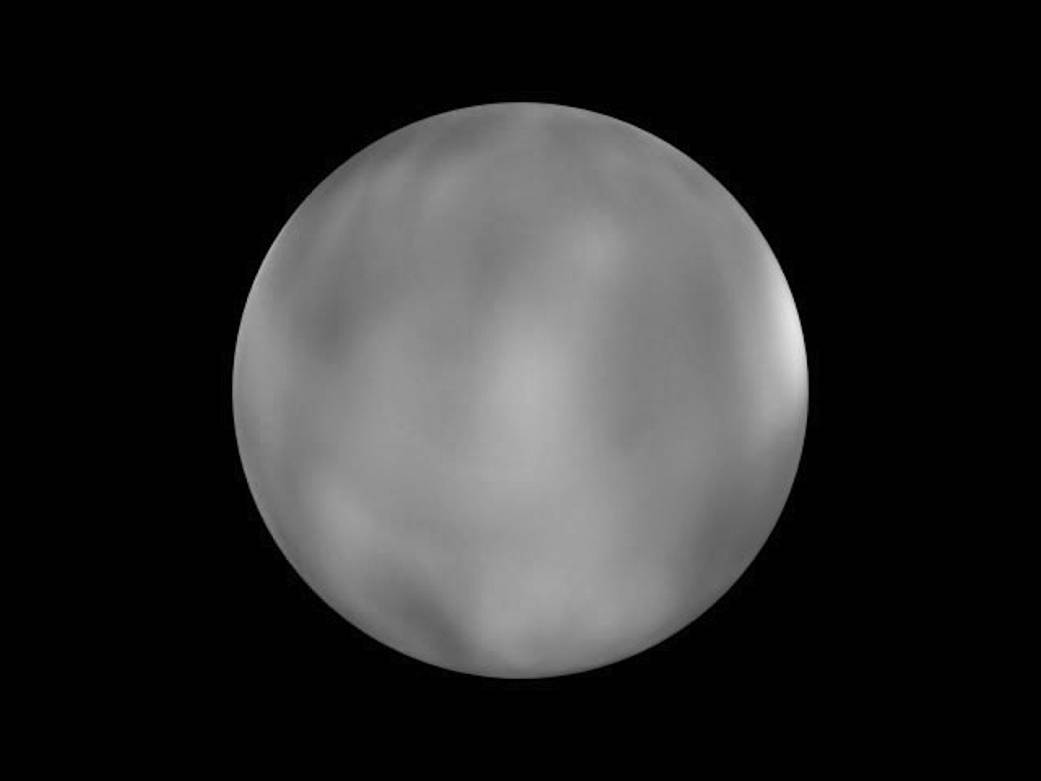
New observations of Ceres, the largest known asteroid, have revealed that the object may be a "mini-planet," and may contain large amounts of pure water ice beneath its surface. The observations by NASA's Hubble Space Telescope also show that Ceres shares characteristics of the rocky, terrestrial planets like Earth.
New observations of Ceres, the largest known asteroid, have revealed that the object may be a “mini-planet,” and may contain large amounts of pure water ice beneath its surface.
The observations by NASA’s Hubble Space Telescope also show that Ceres shares characteristics of the rocky, terrestrial planets like Earth. Ceres’ shape is almost round like Earth’s, suggesting that the asteroid may have a rocky inner core and a thin, dusty outer crust.
Hubble studied Ceres for a full nine-hour rotational period, the most complete view of the celestial body to date.Image Credit: NASA, ESA, J.-Y. Li (University of Maryland) and G. Bacon (STScI)


























